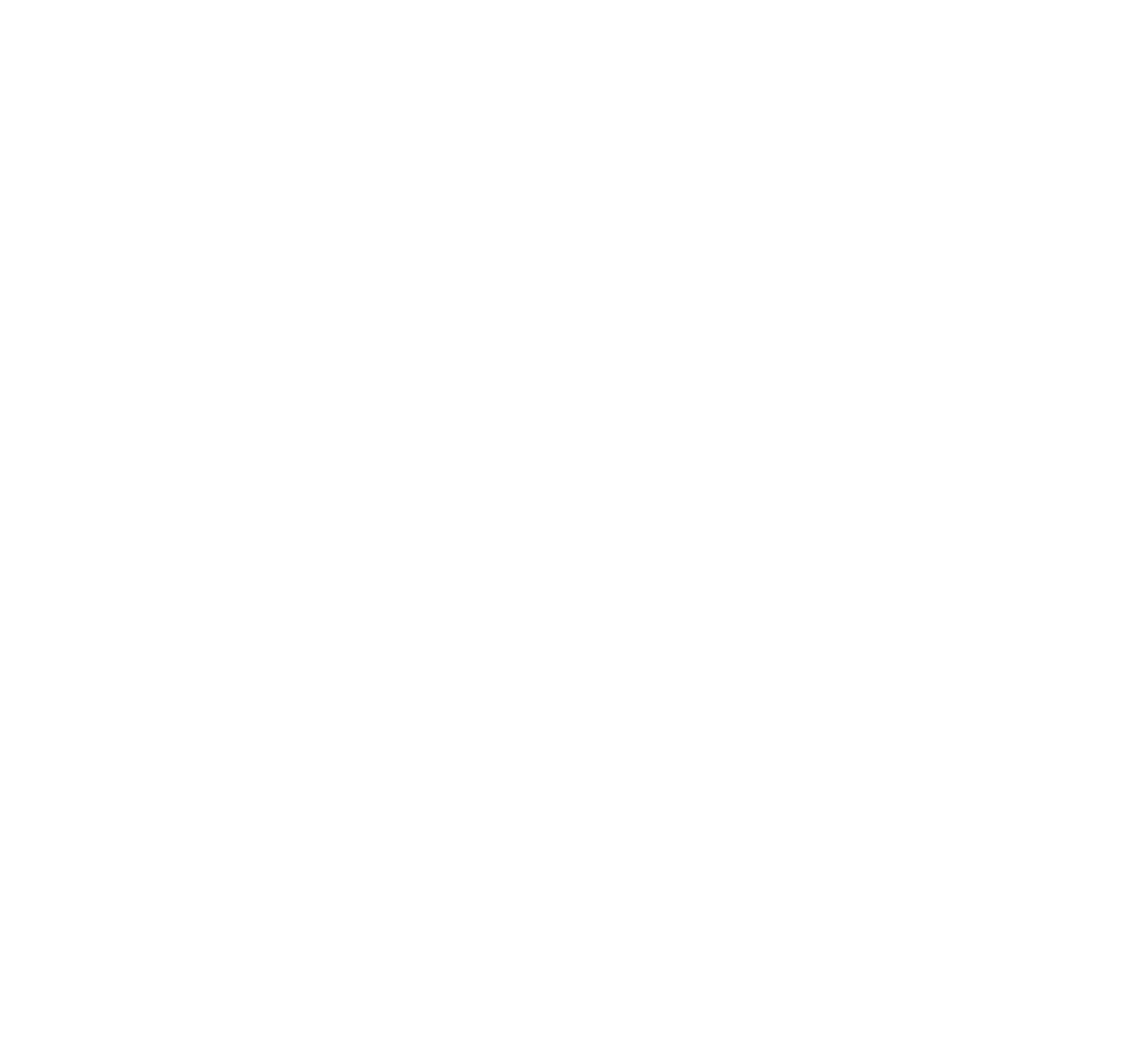
50
25
Aloysius O’Kelly (1853 - 1936)
The Market Place, Tangier
Oil on canvas, 32 x 37cm (12½ x 14½”)
Signed and indistinctly inscribed ‘Tangier’
Provenance: Previously in the collection of John Duggan
Exhibited: Museum of Brooklyn Institute of Arts and Sciences (detail; untraced); ‘
Aloysius O’Kelly - Re-Orientations: Paintings, Politics and Popular Culture’, Hugh
Lane Gallery of Modern Art, Dublin, 25 November 1999 - 30 January 2000,
catalogue no. 35
Literature: “Aloysius O’Kelly - Art,Nation,Empire” by Niamh O’Sullivan 2010 Cat. No. 53
illustrated Page 288 and full page detail Page 133
Aloysius O’Kelly studied with the quintessential orientalist, Jean-Leon Gerome, in the École
des Beaux-Arts, Paris, in the mid 1870’s. Although O’Kelly’s ethnographic realism bears a close
resemblance to that of his master, the concept of an Irish orientalist, especially one so militantly
republican as O’Kelly, makes very interesting viewing. By representing oriental societies as
backward or ‘other’, many orientalist painters became the spindoctors of the imperial project.
But no such patronisation is evident in the work of O’Kelly.This painting is concerned with the
daily lives of the citizens of Tangier.The informality of poses and the style of painting is looser
and more expressionistic than that normally associated with orientalist art. France, recognis-
ing its strategic importance and economic potential, penetrated Morocco in 1844. Although
ultimately obliged to accept the territorial integrity of the country, and agree to equal trade for
all, France continued to press her own advantage. One of the areas where it encountered most
resistance was from the tribesmen of the Riff Mountains in the north. In so far as
The Market
Place Tangier
is stylistically close to O’Kelly’s critically well-received painting,
The Musician
, set
in the Riff Mountains, it is clear from these, and other titles, that he spent a considerable period
of time in Morocco in the late nineteenth century.
Dr Niamh O’Sullivan
€4,000 - 6,000


